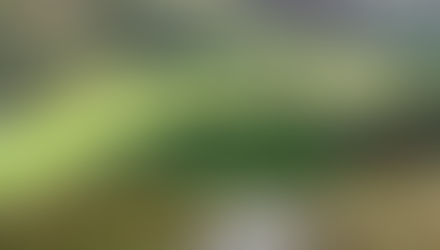CREATING IN RECOVERY: A JOURNEY OF HEALING AND ART
- Becky Rose

- Nov 30, 2023
- 3 min read
Updated: Jul 30

December 2022 marked the beginning of a long healing process following the aftermath of an extremely traumatic epileptic seizure. Though I’ve lived with epilepsy since 2004, this particular seizure was a shock. After ten years without any episodes, this one left me with life-altering injuries.
Healing from such a traumatic event—especially one where I have no memory of the incident—is a process without a clear timeline. In the past, my recovery was typically quick, taking a month at most. But nearly a year later, I’m still battling physical injuries.
I thought creating would be a natural way for me to heal, but in the early months, the pain was so overwhelming that I physically couldn’t stand (or sit) at the easel to paint. My studio, which once felt like a place of refuge, became a torture chamber—a reminder of what I couldn’t do. I didn’t have the strength to venture into the mountains, nor could I get lost in the canvas the way I used to. Yet, I needed to create.
At first, being forced to abandon my usual creative process felt incredibly unfair. But, over time, I learned to adapt. I returned to sketchbook work as a form of play, exploring new mediums and embracing color without fear. I began producing two or three sketches a day—either from memory or based on photographs of the mountainous wilderness. I opened myself up to techniques I had previously dismissed, telling myself I “didn’t have time” for them. Though I wasn’t standing at the easel, painting with oils on canvas, I was still healing my mind and opening it to new possibilities.
Slowly, I found joy in art again. There was no pressure to produce work; I was creating because I wanted to, not because I had to.
During each stage of my healing, there was always frustration. I wasn’t creating in the way I used to, and that disappointment often crept in. But each time, I reminded myself of the progress I had made—of how I had adapted before and could do it again. Eventually, I began to reclaim the studio. I adjusted the height of various pieces of equipment to make it more comfortable for my body, and I began standing at the easel again—even if only for 20 minutes at a time.
As the more physically demanding nature of oil painting proved challenging, I was drawn to a medium I had never fully embraced: watercolor. I’d always told myself I wasn’t any good at it, but with the healing mindset of play and no pressure to succeed, I picked up the brush and simply gave it a try. It turned out to be a gentle way of painting, and in that moment of my recovery, it was the perfect medium to help me reconnect with my art. In addition to watercolor, I began using drawing ink to add depth to my work. I allowed the colors to bleed and travel freely, sometimes to great effect, sometimes not—but it didn’t matter. I was painting again.
My time spent sketching in my book, playing with colored pencils, or experimenting with ink and watercolor began to influence my canvas work. New colors I had never considered before started to appear, and I began experimenting more with composition and canvas orientation. As my strength returned, I found myself focusing more on the canvas. But I didn’t want to lose the freedom I had found in sketching. Now, my sketchbook is a place I go to when I’m struggling at the easel, or just need to warm up. It reminds me of the joy of creating.
As the anniversary of my seizure approaches, I reflect on the past year. Though I’m not fully healed, I am deeply grateful to have my creativity as a constant focus during the tough times. The year didn’t unfold as I had expected (when does it ever?), and while I wish this trauma had never happened, it has shown me that I can adapt—and that my need and desire to create is unshakable. Here’s to next year, when I hope to regain all my strength—and then some.




















Comments